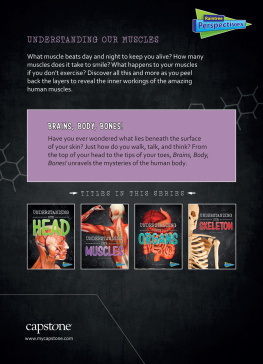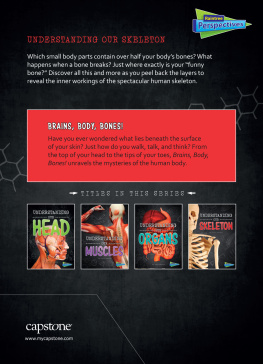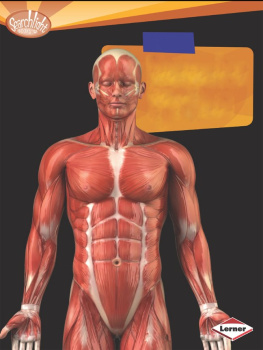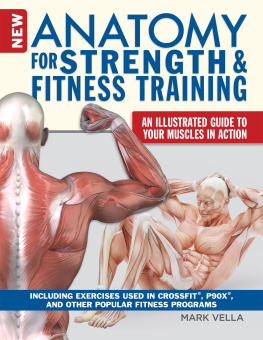Tiny muscles surround every hair on your skin. When youre cold, the muscles tighten to push the hairs up, causing goose bumps.
Body Talk
If you could put all of your muscles on a scale, they would equal about half of your total body weight.
More than Meets the Eye
If you look at a muscle under a microscope, you will see long, skinny . Muscle fibers are easily damaged, so small groups are bundled together to make them stronger. Many bundles of muscle fibers make up one muscle.
There are two types of muscle fibers in the body. Slow-twitch fibers contract slowly but are able to keep going for longer. Most muscles in the body contain both types of fibers.
Fast-twitch muscle fibers are useful for quick bursts of energy, such as jumping to catch a ball or sprinting to class. Slow-twitch muscle fibres are useful for longer activities, such as hiking or long-distance running.
Sit on It!
When you sit down, you are perching on your gluteus maximus. This muscle makes up most of your bottom. It is not only the largest muscle in your body but also one of the strongest. The gluteus maximus connects your upper legs to the bones at the base of your spine. It works hard when your hip needs power, like when you climb stairs. If you could lift it up and look underneath, you would find the gluteus medius. This muscle works alongside the gluteus maximus to help you walk, run, and jump.
The gluteus maximus and gluteus medius work together as a team.
Hold on Tight
Muscles couldnt do much work if they were flopping loose in your body. They need to be connected to tendon attaches to your foot. Two more tendons attach to your thighbone. The muscle in the arch of your foot has five tendons. One tendon connects to your heel bone. The other four tendons connect to your four smallest toes.
Most tendons are tough, rope-like bundles of fiber, while some are flat sheets.
See for Yourself
Ball your hand into a fist, and look at the inside of your wrist. You can see and feel your tendons through your skin. You can also feel the Achilles tendon at the back of your ankle. This tendon is named after a story about a Greek god named Achilles. According to the story, Achilles died when a poisoned arrow hit him in the heel. If you tear your Achilles tendon, you will need surgery before you can walk again.
The Achilles is the thickest and strongest tendon in the human body.
Body Talk
There are no muscles in the fingers, only ligaments, tendons, and bones. The muscles in the palm and forearm pull the tendons in the fingers, which cause the fingers to move.
GET A MOVE ON
Even though they come in various shapes and sizes, the muscles underneath your skin are all called skeletal muscles. These muscles attach to your skeleton, and their job is to move your bones.
Bones and muscles are shaped to work together. If you look closely at a bone, you will see hollows and grooves. These markings show where tendons were attached. Bone experts can tell how strong a person was by looking at the size of those marks. Strong muscles leave deep grooves in the bone.
Bones develop grooves where muscles and tendons attach.
Back in Action
Your back muscles allow you to move in many directions. You can reach up to shoot a ball at a basket. You can bend forward to grab a Frisbee off the ground. You can twist sideways or lean backward to pass a note to the person behind you. Lots of muscles work together to make these movements. These muscles attach to the different segments of your spine, which bend and flex depending on the movement.
It takes more effort to frown, so keep smiling. Its far less work for your face muscles.
See for Yourself
Some face muscles attach to skin. Take a look in a mirror, and smile. Did you know it takes 17 face muscles to create your smile? Now frown. Your face uses 43 muscles to do this!






















